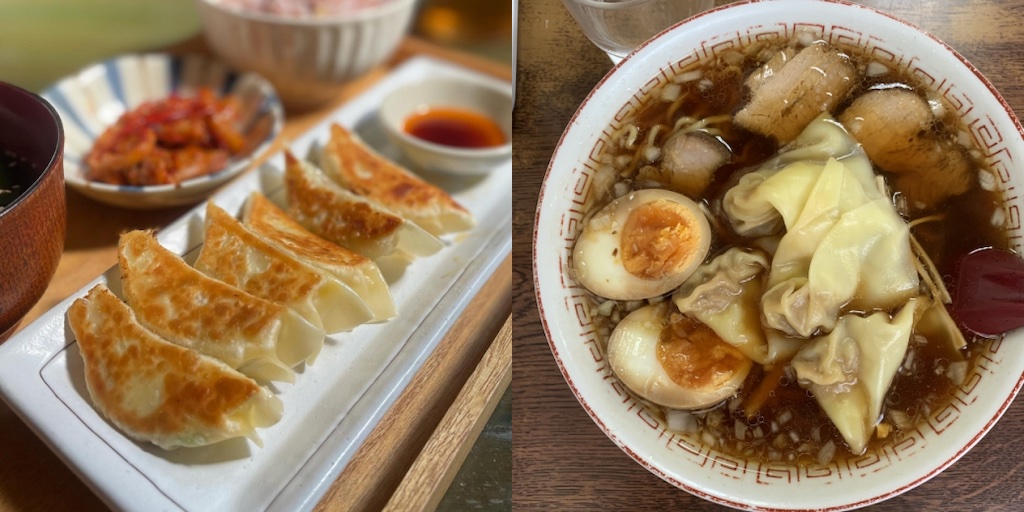There are different types of dumplings (potstickers) in Japan.
Especially the three dumplings: Gyoza, Wonton, and Shumai in Japan are often confusing.
Here, I am introducing the differences between these.
By the way, the following information is about the three dumplings eaten in Japan, so it could be different in other countries.
1. Appearance is different
Gyoza
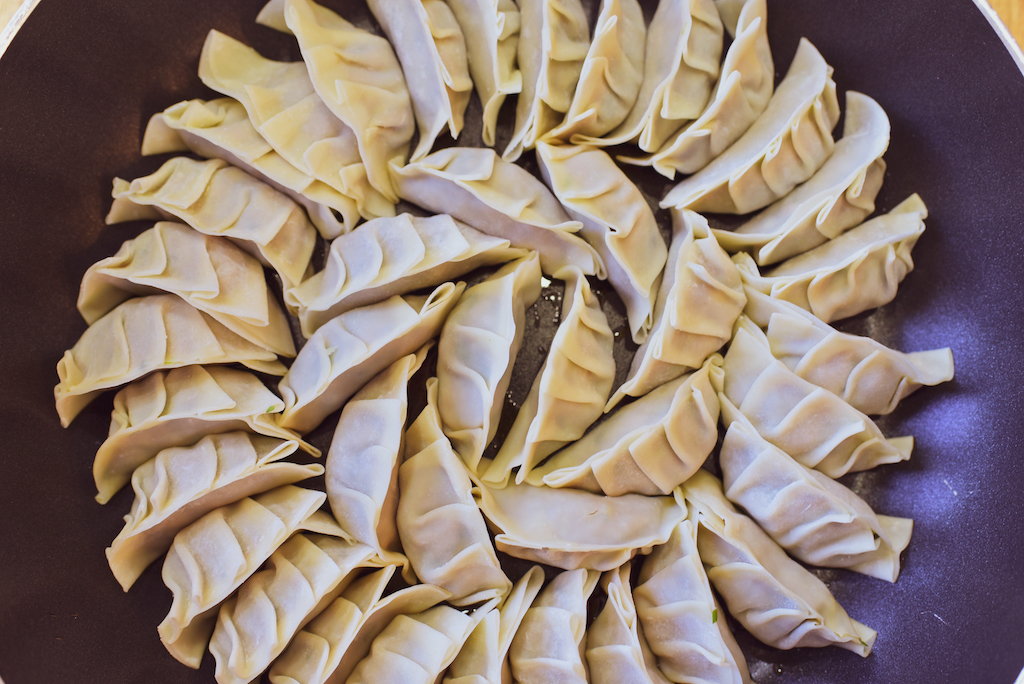
Gyoza is made by folding the filling with round shape wrappers. Generally, the joint part of the Japanese-style gyoza is crimped.
Wonton
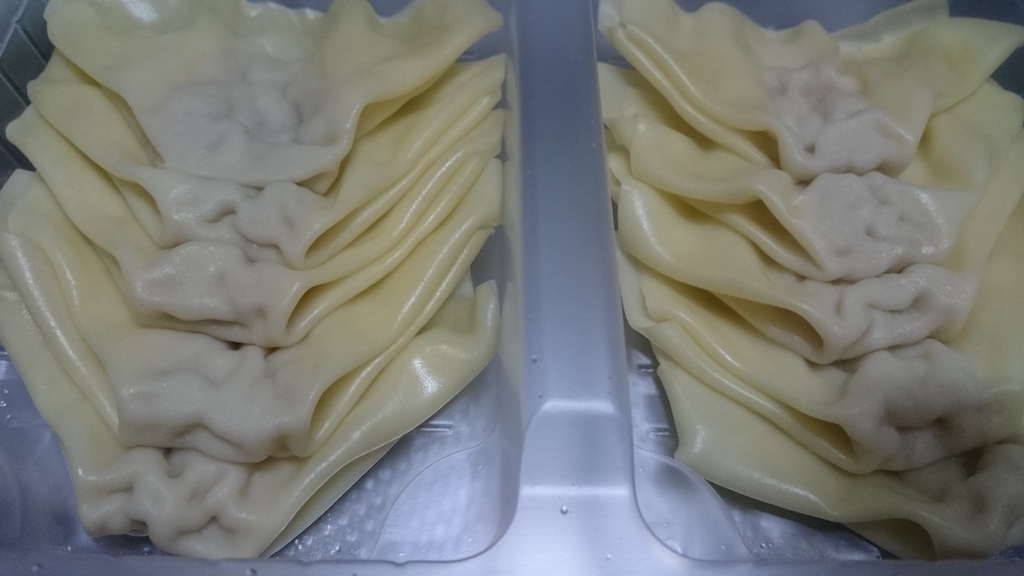
The looks of wonton is very similar to gyoza, but smaller than that. Since the amount of the wonton filling is smaller than the one of gyoza, the crimped part of the wrapper is very big. (Basically, Chinese wontons have more ingredients than Japanese.)
Shumai
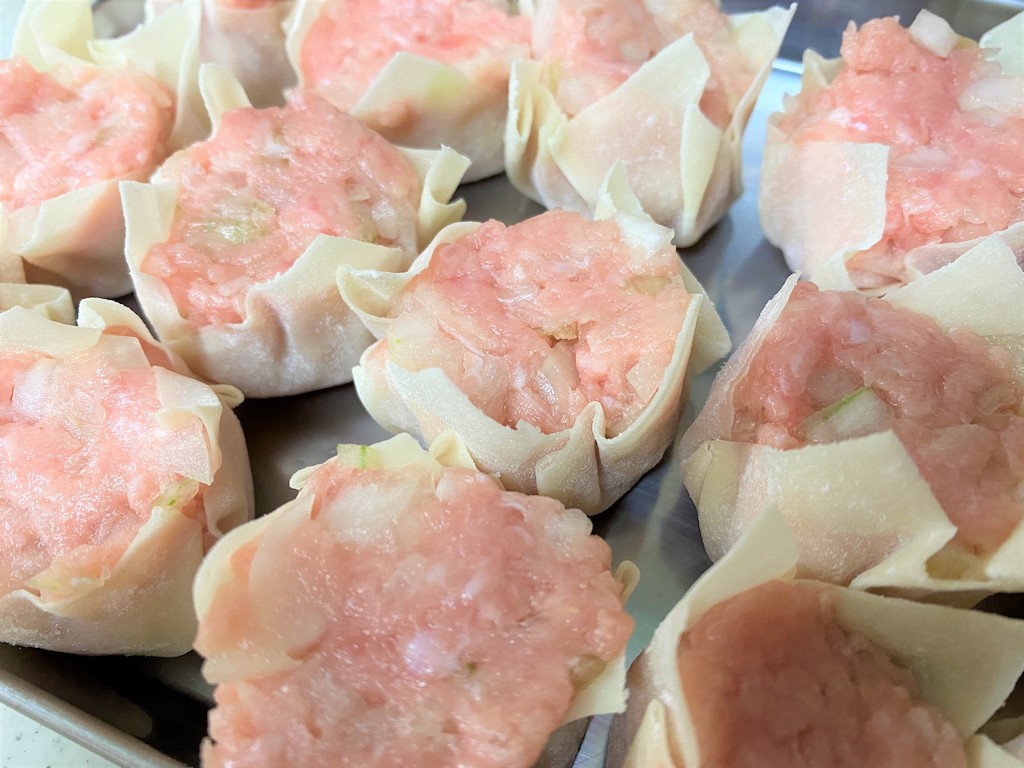
Unlike the other two, not all the contents of the shumai are wrapped in the wrappers. Usually the upper part is exposed.
2. Contents are different
Gyoza
The typical raw materials of the gyoza filling are ground pork, cabbage, Chinese chive, ginger, and garlic. They are usually seasoned with salt, soy sauce, sake, sesame oil, etc.
Wonton
The typical raw materials of the wonton are ground pork, green onion, ginger, and potato starch. They are usually seasoned with salt and pepper.
Shumai
The typical raw materials of the shumai are ground pork, onion, and ginger. They are usually seasoned with soy sauce, sake, sesame oil, salt, sugar, etc.
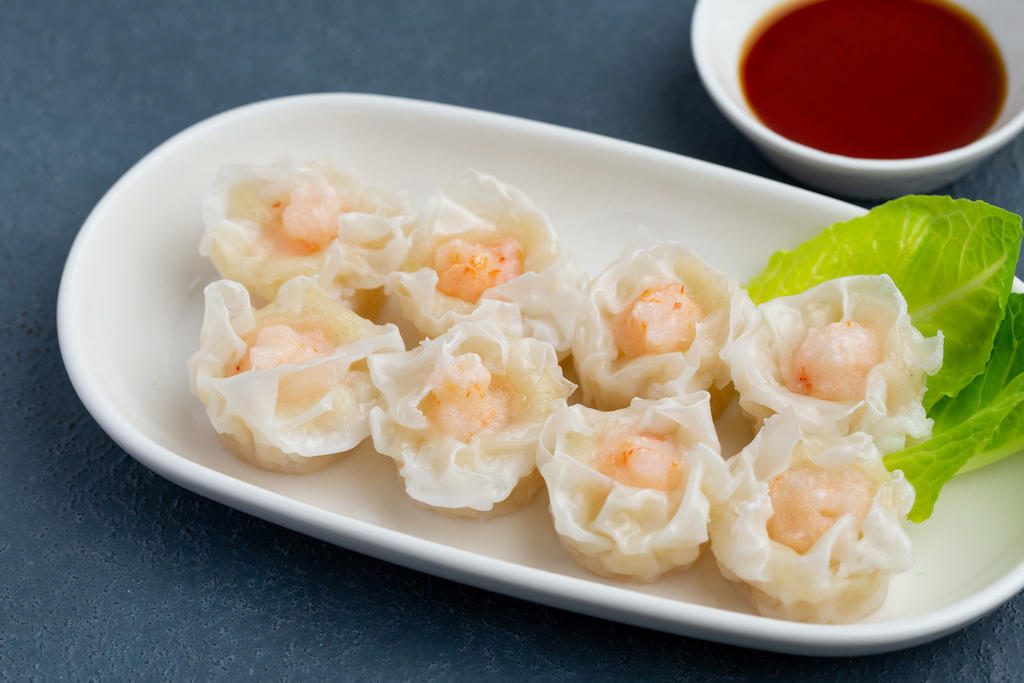
By the way, I wrote the standard materials for each, so of course some material other than meat could be used, for example, using shrimp as a main ingredient is very popular especially for wonton and shumai.
3. Wrappers are different
Gyoza
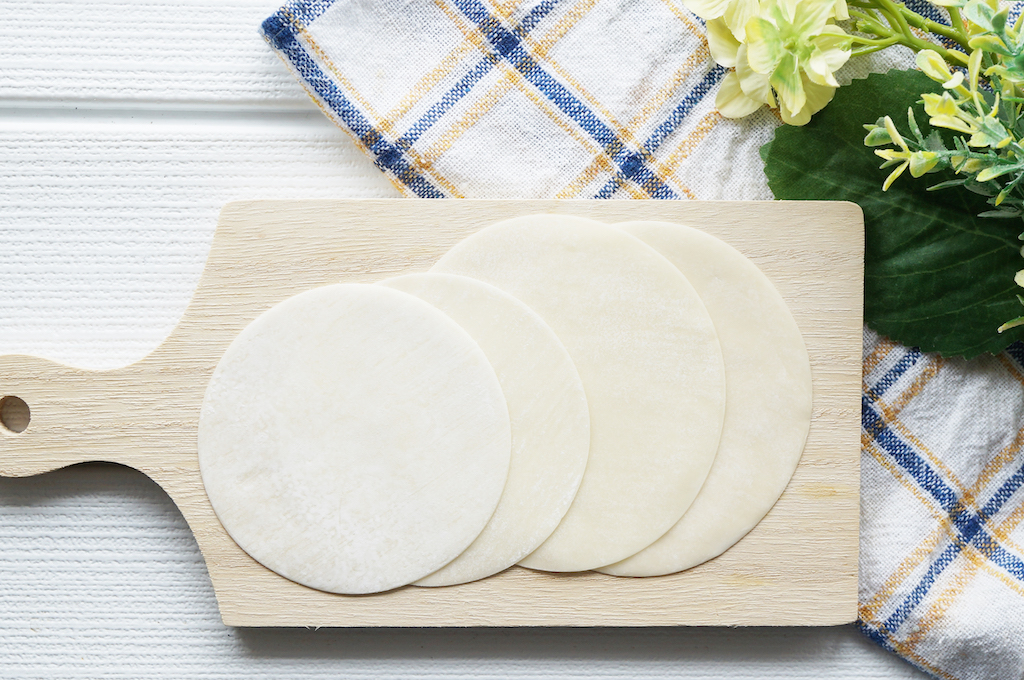
Gyoza wrappers are round shape with a diameter of about 7 cm, and the thickness is 0.8mm-1.5mm.
It’s made from cake flour and bread flour. Because the wrappers are comparatively thick, it will not tear even if it is boiled for a long time.
Wonton
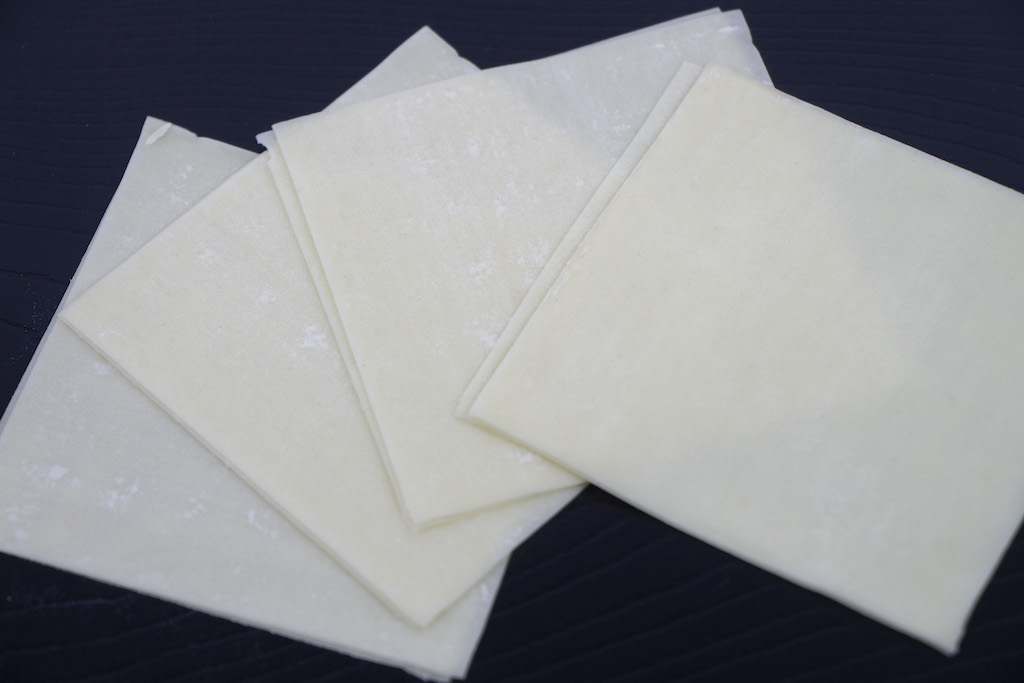
Wonton wrappers are square with 8cm or 9.5cm on a side, and the thickness is about 0.6mm.
It’s made from all purpose flour and kansui (Alkaline preparations). By using kansui, it makes wrappers elastic despite being thin and soft.
Shumai
Shumai wrappers are square with 8cm or 9.5cm on a side (same as wonton wrappers), and the thickness is about 0.5mm.
It’s made from cake flour and bread flour. Very thin skin can make nice and soft texture, and you can feel the taste of the ingredients well.
Please check this page for details of each wrapper.
5 Types of Asian Wrappers and Their Uses
4. Cooking method is different
Gyoza
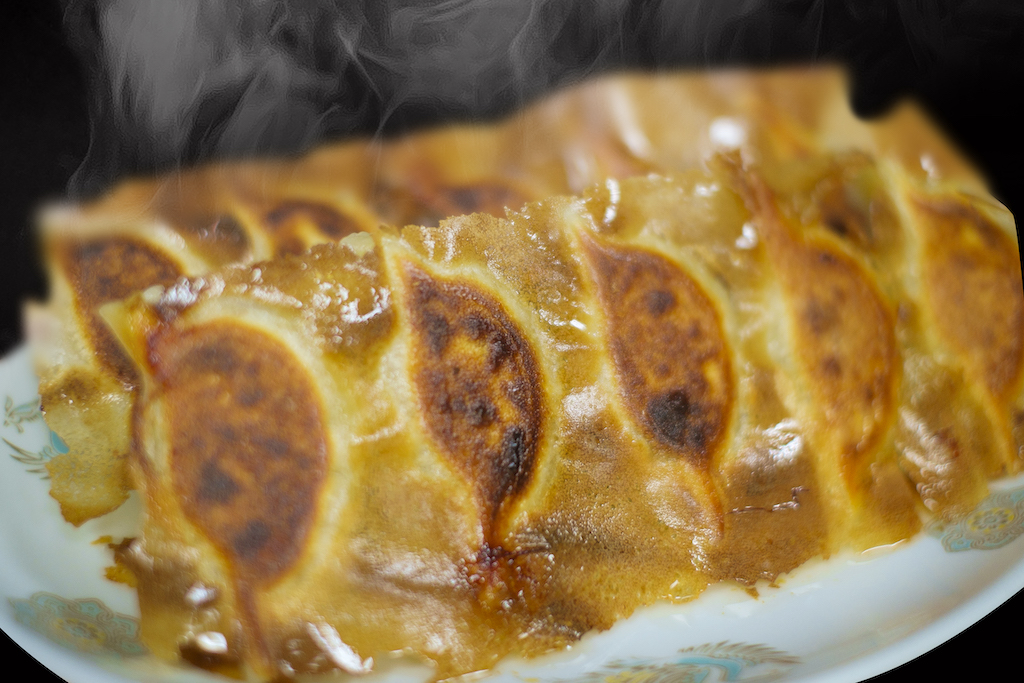
Gyoza is baked, boiled, or deep-fried. When it’s baked in a frying pan, making gyoza with extra crispy layer around it (hanetsuki-gyoza) is very popular.
Wonton
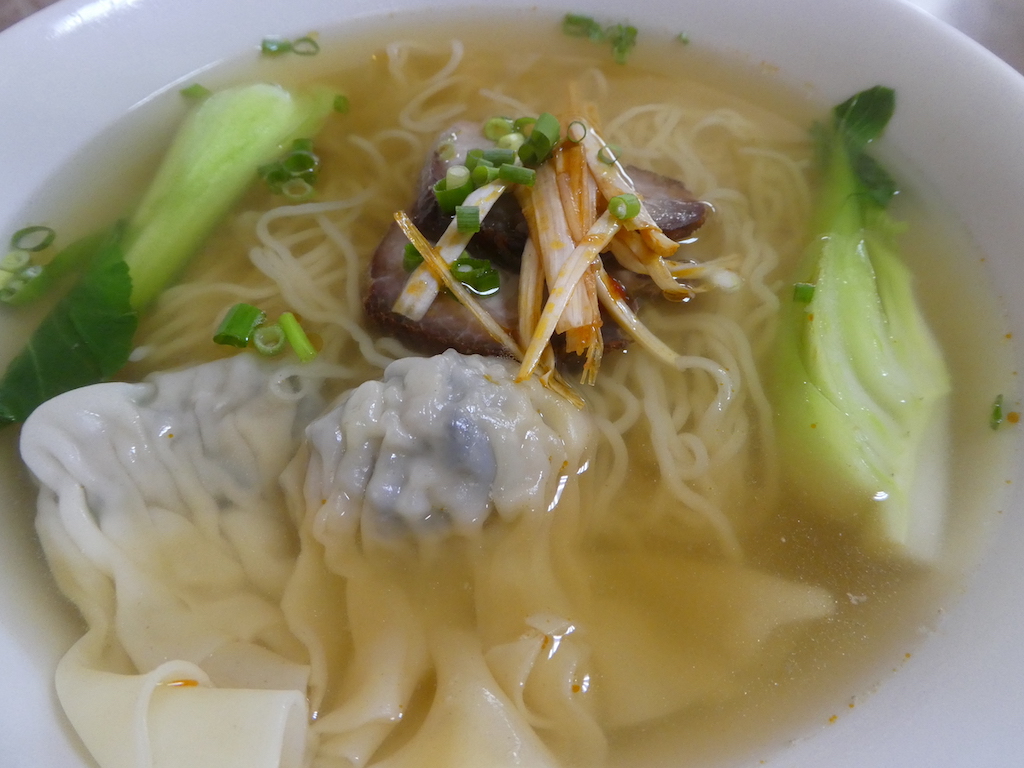
Wonton is generally served with soup or ramen noodles. After they are boiled and fully cooked, put in the soup. Sometimes it’s deep-fried too. Because the area of the wrapper is large, it will become extremely crispy.
Shumai
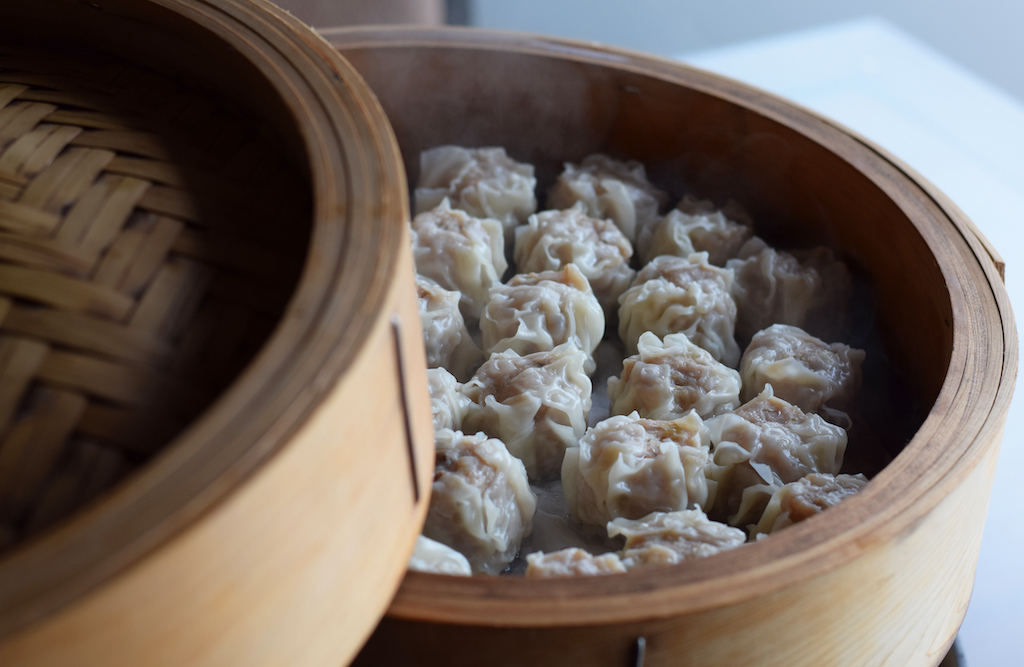
The standard way of cooking shumai is steaming using a bamboo steamer. But, it can be also steamed or baked with just frying pan and the lid. As with wonton, sometimes shumai is deep-fried.



